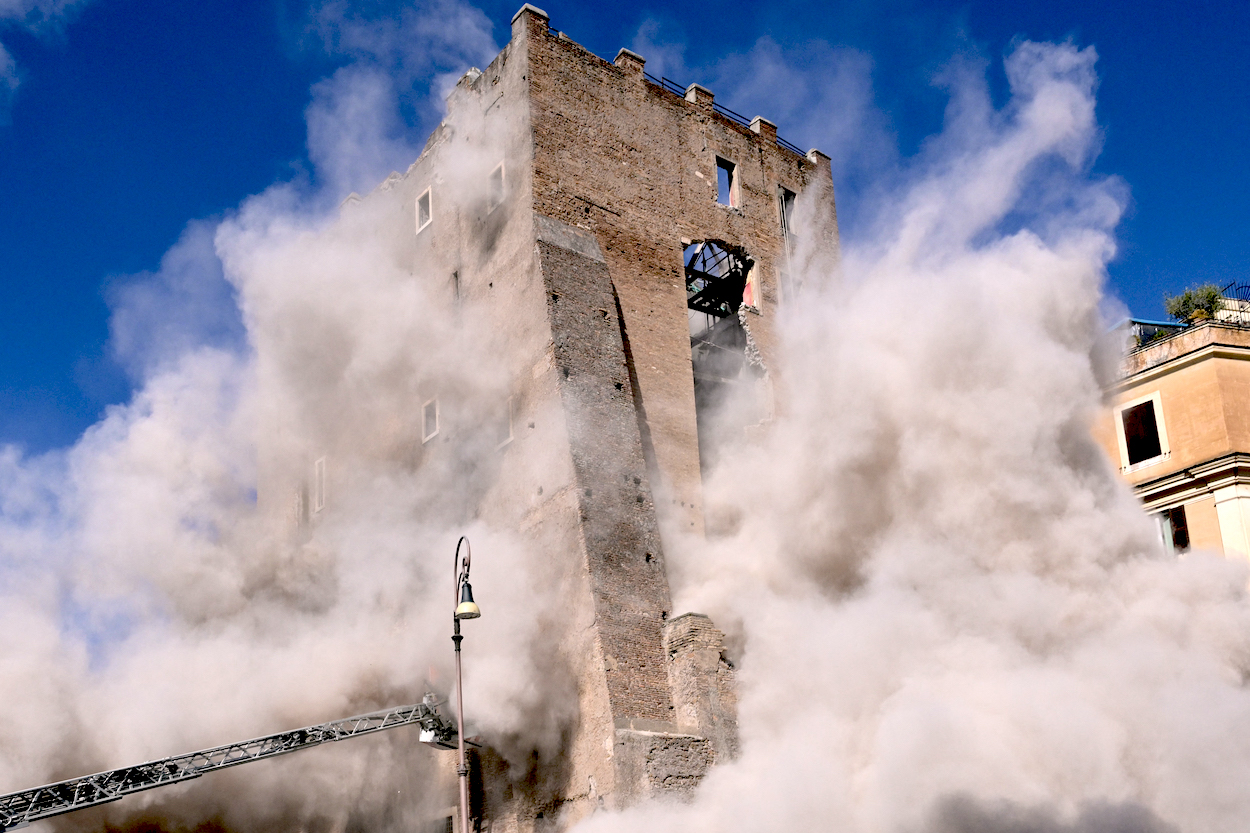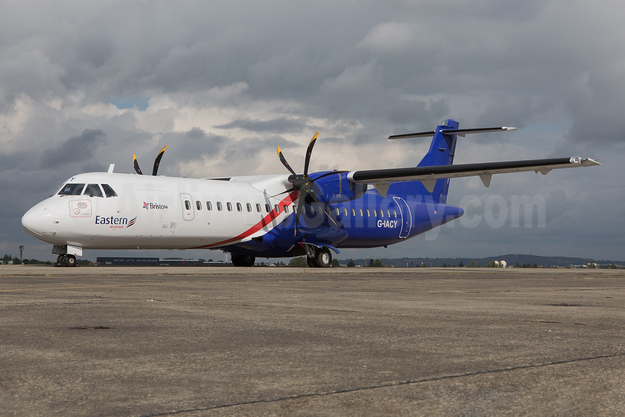
Introduction
The Lancaster Bomber is widely regarded as one of the most significant heavy bombers of World War II, playing a pivotal role in the Allied victory. Its design and capabilities made it a game-changer in aerial warfare, significantly influencing bombing tactics and outcomes during the conflict. As we commemorate the legacy of this remarkable aircraft, it’s essential to explore its features, historical impact, and continued relevance today.
Key Features and Design
Developed by Avro, the Lancaster Bomber first took to the skies in 1941. With a maximum bomb load of 22,000 pounds, it was equipped to carry out strategic bombing missions effectively. Powered by four Rolls-Royce Merlin engines, the aircraft boasted a maximum speed of 275 mph and a range of about 2,530 miles. Its design allowed it to withstand significant damage while remaining operational, an essential trait that earned it respect among aircrews.
Impact on World War II
The Lancaster was instrumental in several key operations, such as the famous Dambusters raid in May 1943, where specially modified Lancasters attacked German dams using bouncing bomb technology. This mission showcased the aircraft’s versatility and innovative engineering, highlighting the strategic thinking behind Allied operations. Throughout the war, Lancasters were responsible for dropping millions of tons of bombs over enemy territory, directly contributing to the weakening of German military capability.
Post-War Legacy
After the war, the Lancaster Bomber continued to serve in various roles, including as a maritime reconnaissance aircraft and in some of the earliest stages of the Cold War. Its legacy endures, not only through museums and memorials but also in the hearts of aviation enthusiasts worldwide. Today, several Lancasters still fly, maintained by dedicated groups who honour the memory of those who served aboard them.
Conclusion
The Lancaster Bomber remains an iconic symbol of courage and innovation during one of history’s most turbulent times. Its contributions to the Allied war effort were considerable, forever altering the landscape of aerial warfare. As we reflect on the significance of the Lancaster, we also recognise the bravery of the men and women who flew these aircraft, marking their sacrifices in the pursuit of peace and freedom. Understanding its legacy is essential for future generations, ensuring that the lessons learned from its time continue to resonate today.
You may also like

Tragic Collapse of Medieval Tower in Rome

Everything You Need to Know About Eastern Airways Flights
